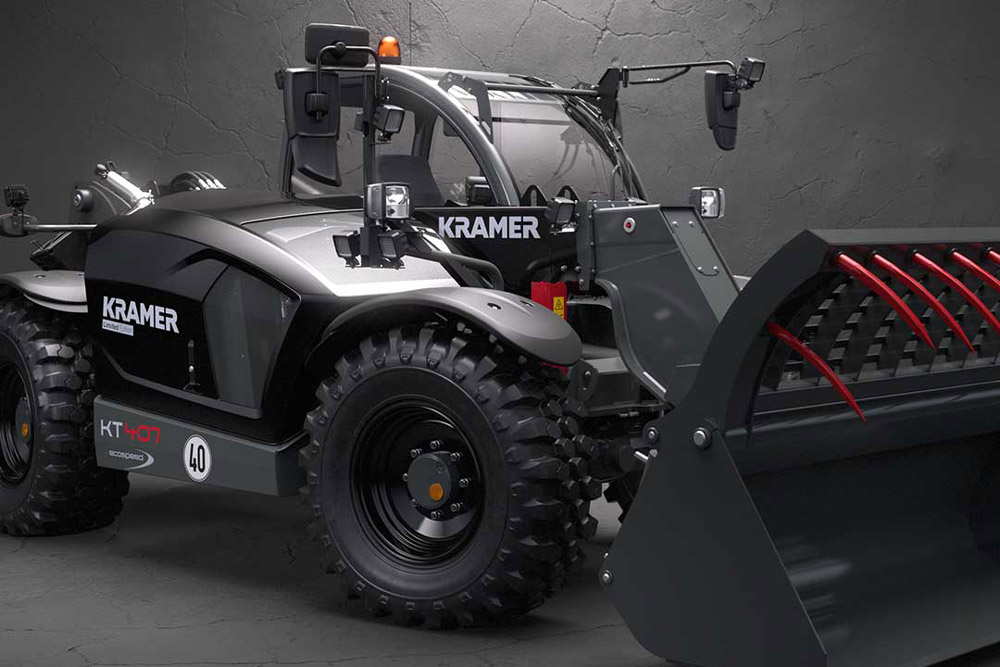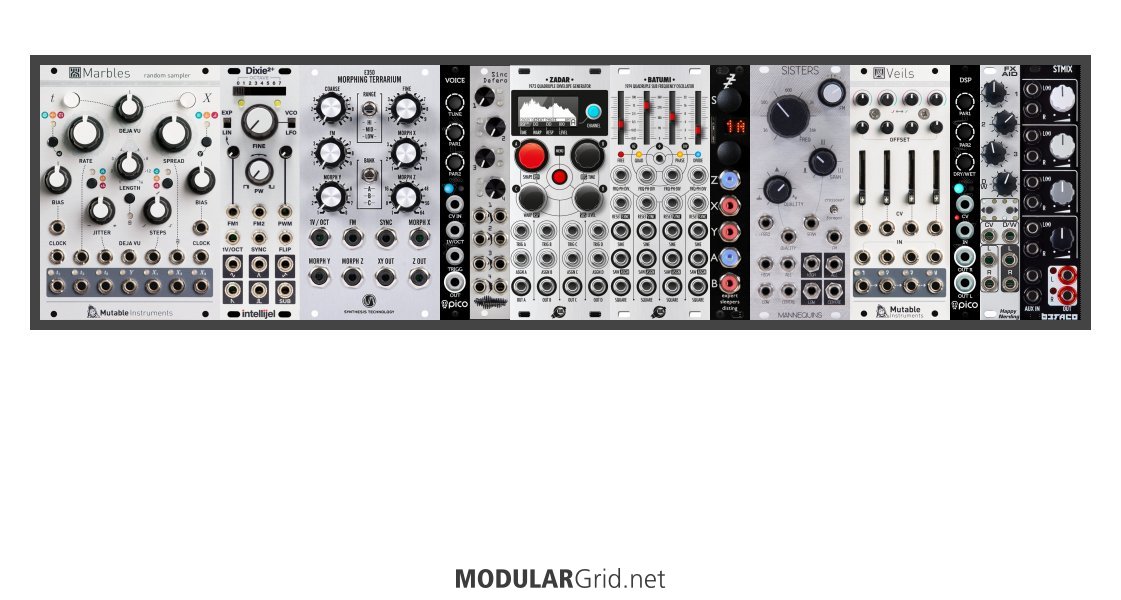I don't know all the modules included here, except 7 that I own. So, on my part, some simple advice and opinions; other modularists who regularly intervene in these forums will be able to complete or help more knowledgeably (I have two or three names in mind ;)
The design of the whole seems to me well balanced. We can see a certain experience thanks to the path already taken with the virtual modular.
Concerning the power supply, no problem. It is generally advised not to exceed 70% to 80% of the available power. (Sometimes less, up to 50% if all the modules were working together in the same patch, and with all the lights on, etc. Which is quite rare).
The only important type of module that I don't see here is an active multiple (Buff Mult type): indispensable for pitch cvs or other signals requiring high precision.
The Disting Mk4 should be kept, it will always be useful even in a larger configuration. And for example in this setup: if you need a delay or a Bit crusher. It's a little 'comfort' module that is good to have in reserve. That's what made it so successful.
A controller, or a manual trigger, could also be recommended. This is the interest of the physical modular, beyond the tweaks, to be in direct contact with the physical dimension. See LS1lightstrip, Ears, TP8... while waiting for a Planar, or a Tetrapad for example.
My advice would also be not to buy everything at once. Restrict yourself, at first, to the ones you are sure to want absolutely.
First of all, to be able to take the time to read the manuals well. This allows you to concentrate on mastering them (for example Marbles, a wonderful module, very powerful; or even just Rings which is user-friendly but has a lot of resources). I'm talking less about 'knowledge' than about 'mastery'.
You have to get used to the physical approach of the modules, a dimension naturally absent from their software version. And gradually, things will seem less abstract to you. In the real world, it is easier to see what you really want.
It can also be useful to notice the differences between the various manufacturing qualities, depending on the modules or the manufacturers.
So, your theoretical approach seems to me to be globally good, which is quite rare at the beginning. Your experience as a 'software modular user' has been beneficial. Your only small deficiencies are currently linked to this non-experience of the physical dimension of modular: which is logical today :)



